Namdapha National Park is a treasure trove of biodiversity located in the northeastern state of Arunachal Pradesh, India. Spread over an area of 1,985 square kilometers, it is the largest protected area in the eastern Himalayas and one of the most diverse and biologically rich national parks in the world. The park is a paradise for nature enthusiasts and offers a unique experience to visitors with its rich flora and fauna, diverse ethnic culture, and spectacular natural landscapes.
History and Geography
Namdapha National Park was established in 1983, and it is located in the Changlang district of Arunachal Pradesh, India. The park is part of the Eastern Himalayan biodiversity hotspot and is situated at the junction of the Indo-Malayan and the Palearctic bio-geographical regions. It is a biosphere reserve and also a part of the Dehing-Patkai Elephant Reserve. The park is named after the Namdapha River, which flows through the park and forms the boundary between India and Myanmar.
Flora and Fauna
Namdapha National Park is home to a diverse range of flora and fauna. The park has over 1,000 species of plants, including several rare and endemic species. The park is also home to several species of mammals, birds, reptiles, and amphibians, many of which are endangered or vulnerable. The park is particularly known for its large population of Hoolock Gibbons, the only ape species found in India. The park is also home to several large carnivores, including tigers, leopards, and clouded leopards.
Ethnic Culture
Namdapha National Park is not only known for its rich biodiversity but also for its diverse ethnic culture. The park is home to several ethnic groups, including the Tangsa, Singpho, and Lisu tribes. These tribes have their unique culture, traditions, and lifestyle and offer a unique experience to visitors. The park also has several homestays where visitors can stay with the local tribes and experience their way of life.
Trekking and Adventure
Namdapha National Park offers several trekking and adventure opportunities to visitors. The park has several trekking routes that offer spectacular views of the natural landscapes and the wildlife. The park also has several campsites and trekking huts where visitors can stay during their trek. The park also offers other adventure activities such as rafting, fishing, and bird watching.
Conservation and Challenges
Namdapha National Park faces several conservation challenges, including habitat loss, poaching, and human-wildlife conflict. The park management has taken several steps to address these challenges, including community-based conservation, eco-tourism, and scientific research. The park also has several conservation programs that involve the local communities in the conservation efforts.
How to Reach Namdapha National Park
The nearest airport to Namdapha National Park is in Dibrugarh, Assam, which is 160 kilometers away. The nearest railway station is in Tinsukia, Assam, which is 140 kilometers away. The park is well-connected by road, and buses and taxis are available from nearby towns and cities.
Best Time to Visit Namdapha National Park
The best time to visit Namdapha National Park is from October to April. During this period, the weather is pleasant, and the park is accessible. The park remains closed during the monsoon season, from May to September, due to heavy rainfall and landslides.
Conclusion
Namdapha National Park is a unique destination that offers a rare opportunity to experience the biodiversity, culture, and adventure of the northeast region of India. It is a must-visit destination for nature enthusiasts and adventure seekers who want to explore the unexplored and discover the hidden treasures of the eastern Himalayas.
FAQs
- What is the entry fee for Namdapha National Park?
- The entry fee for Indian nationals is INR 10 per person, and for foreigners, it is INR 100 per person.
- Are there any accommodations available inside the park?
- No, there are no accommodations available inside the park. However, visitors can stay in nearby towns and villages or in the homestays provided by the local communities.
- Is it safe to visit Namdapha National Park?
- Yes, it is safe to visit Namdapha National Park. However, visitors are advised to follow the rules and regulations of the park and take necessary precautions while trekking and camping.
- Can I spot tigers in Namdapha National Park?
- Yes, Namdapha National Park is home to tigers, but they are elusive and not easily spotted. Visitors are advised to take a guided tour with experienced naturalists for a higher chance of spotting them.
- What is the best time to spot Hoolock Gibbons in Namdapha National Park?
- The best time to spot Hoolock Gibbons in Namdapha National Park is early in the morning when they are most active. Visitors are advised to take a guided tour with experienced naturalists for a higher chance of spotting them.





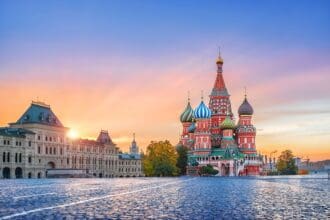
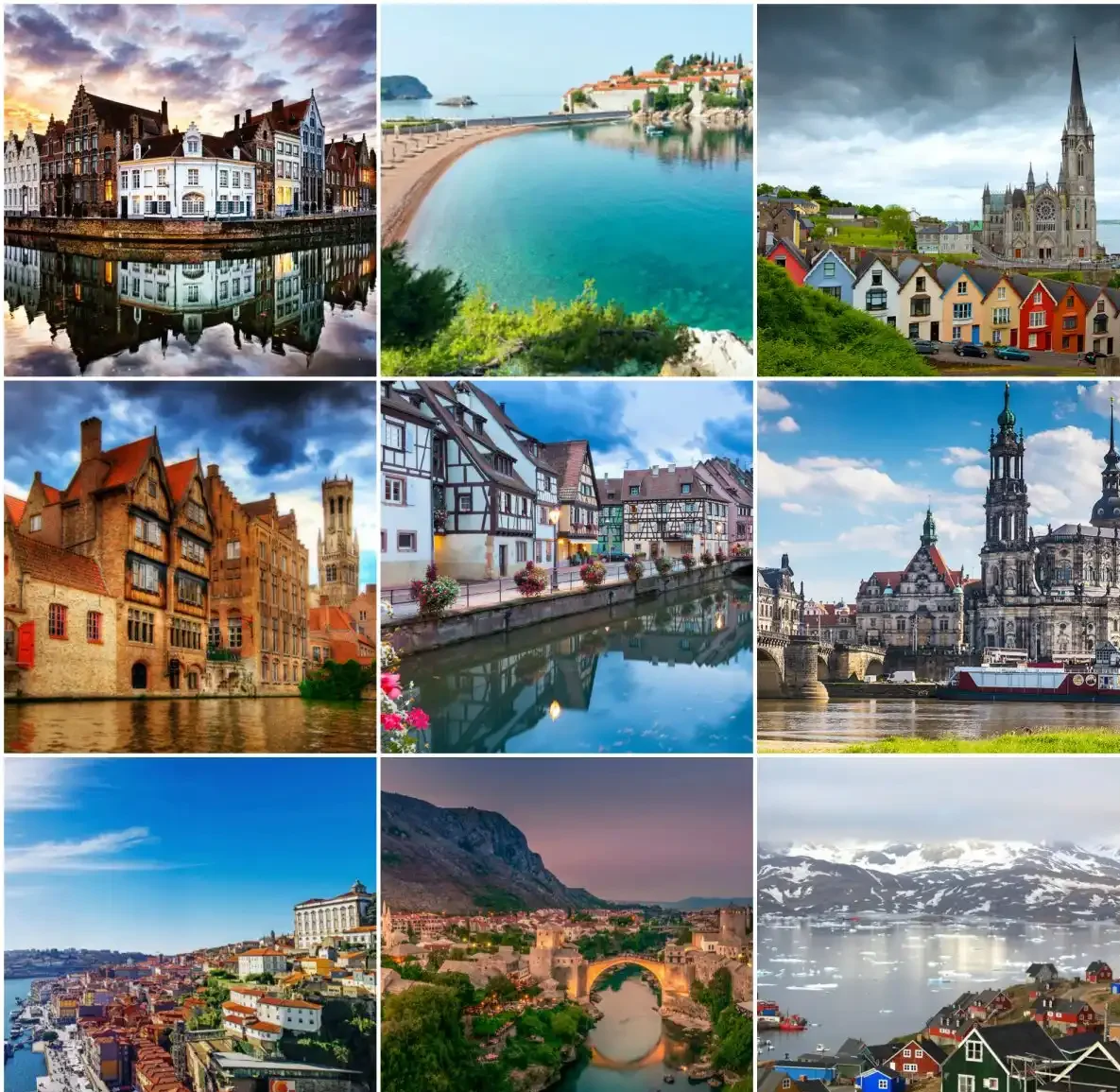
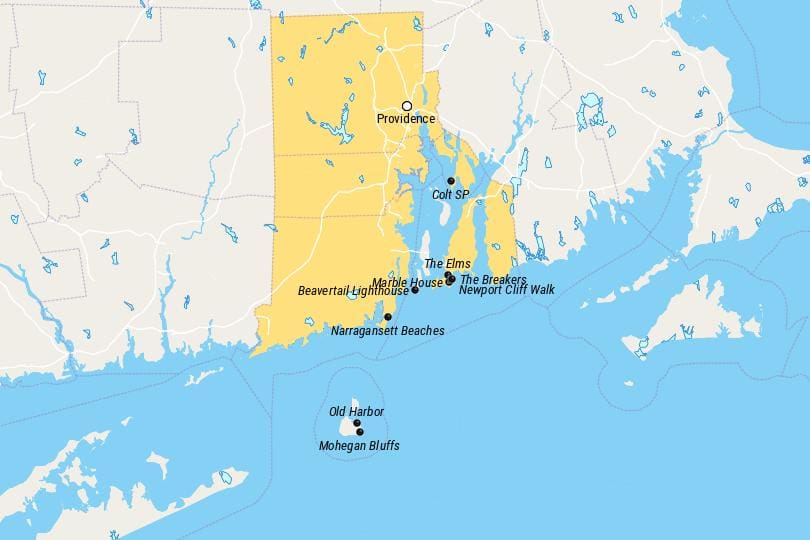
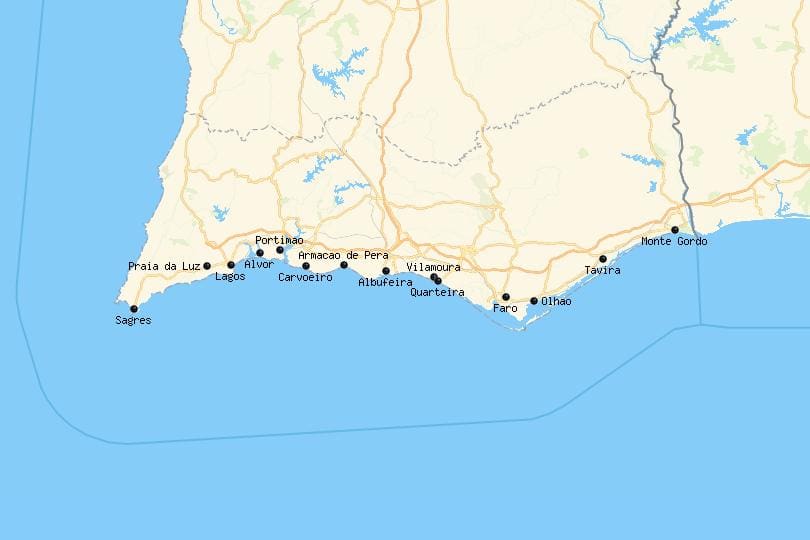

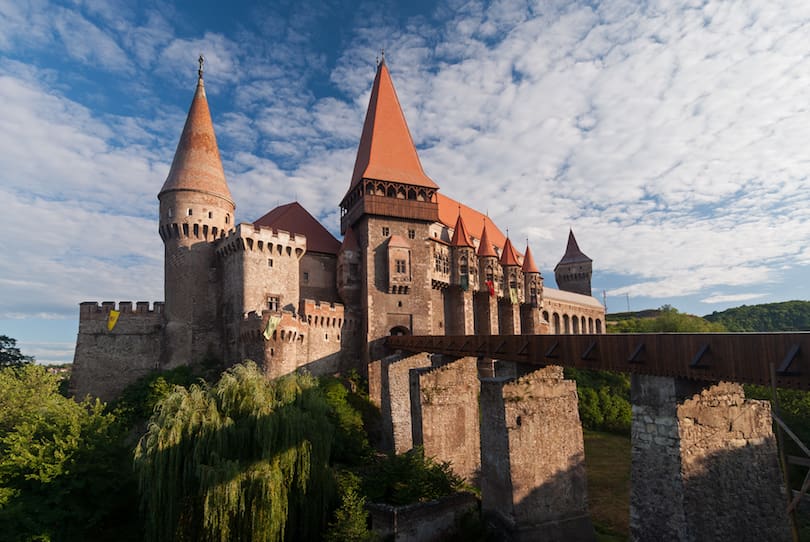
I have read a few good stuff here. Certainly worth bookmarking for revisiting. I surprise how much effort you put to create such a fantastic informative website.
The next time I read a blog, I hope that it doesnt disappoint me as much as this one. I mean, I know it was my choice to read, but I actually thought youd have something interesting to say. All I hear is a bunch of whining about something that you could fix if you werent too busy looking for attention.
I got what you mean , thankyou for putting up.Woh I am happy to find this website through google. “It is a very hard undertaking to seek to please everybody.” by Publilius Syrus.